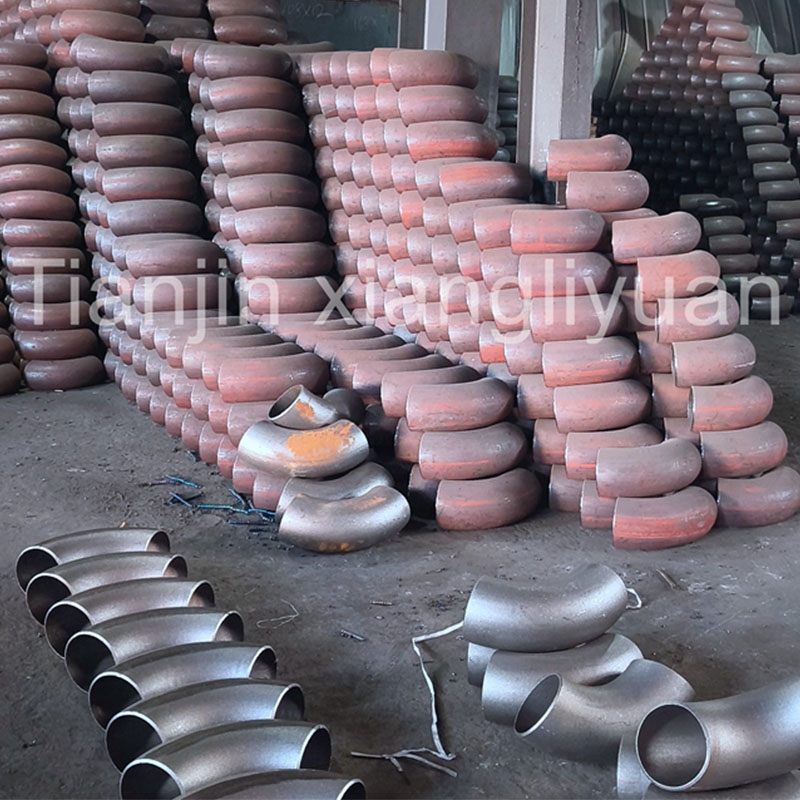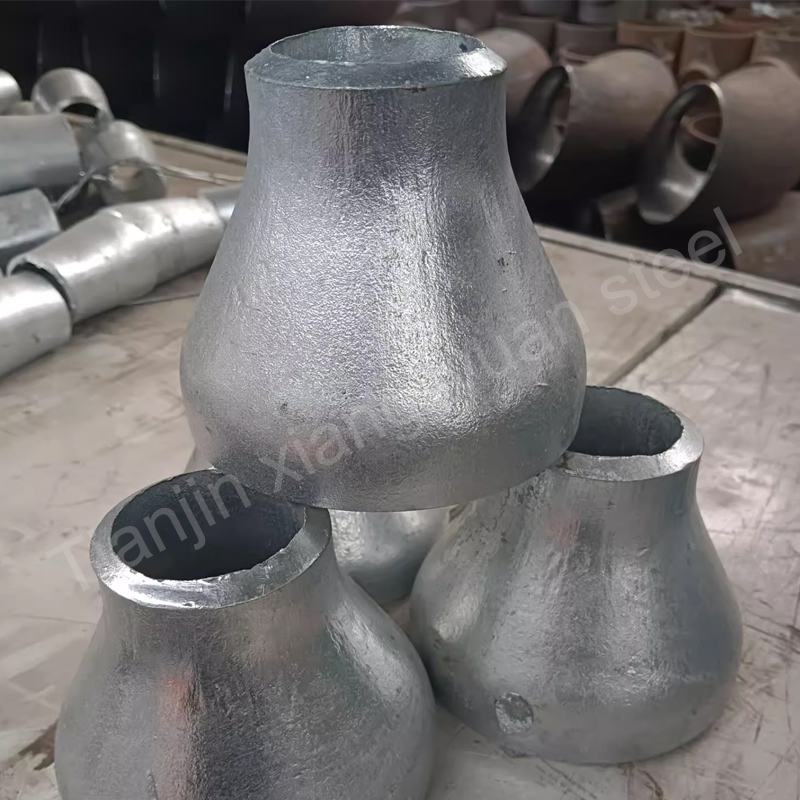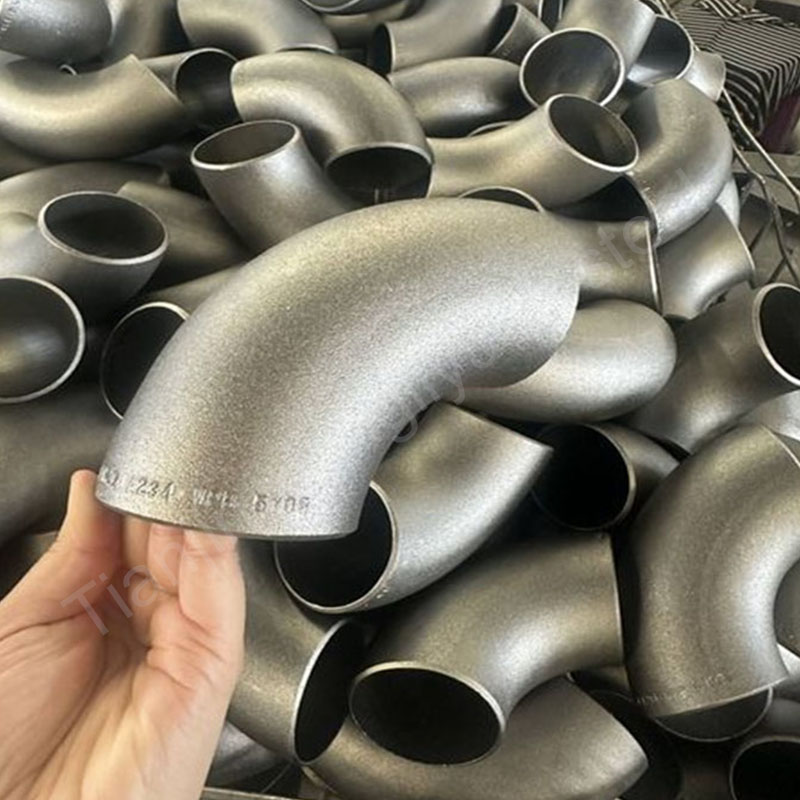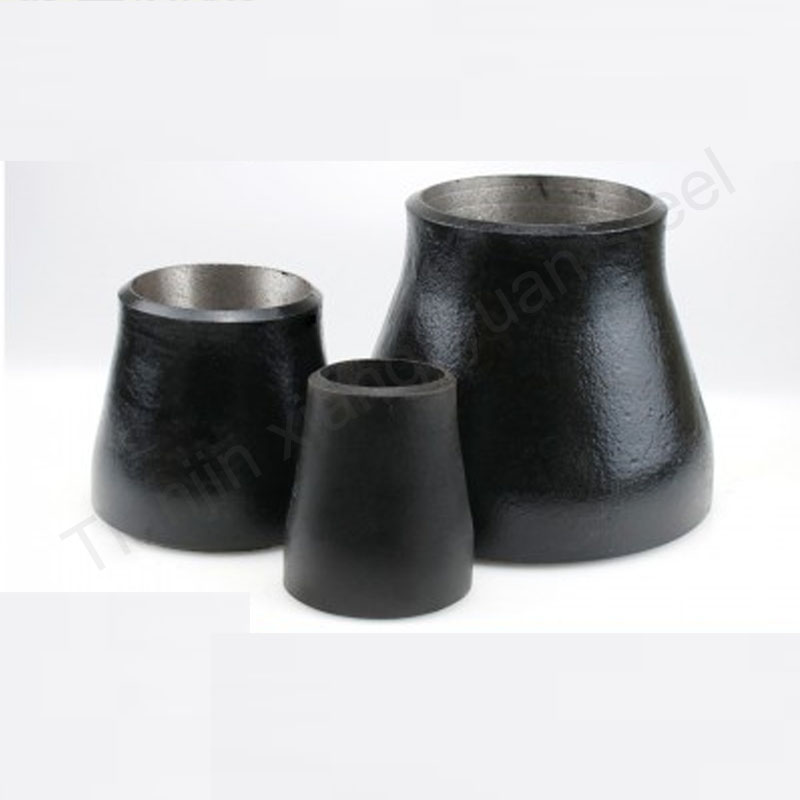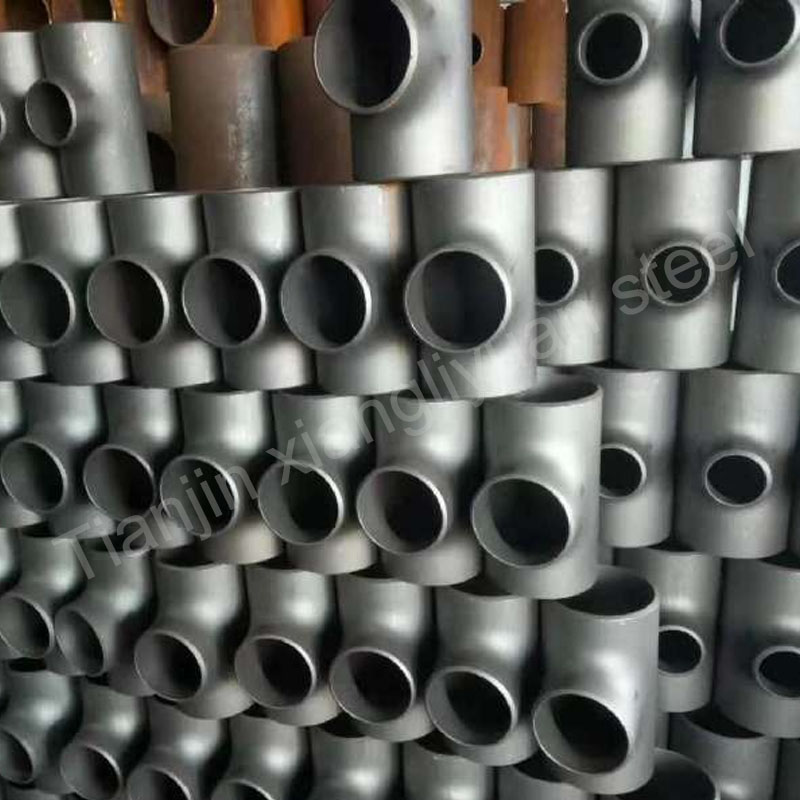Carbon steel pipe elbows are connectors used to change the direction of pipeline fluids and are commonly found in pipeline systems in industries such as petroleum, natural gas, chemical, and electric power. Elbows are classified into three basic types: 45°, 90°, and 180°. Special angles can also be customized according to demand. Carbon steel elbows are widely used because of their high strength, good corrosion resistance, and low cost.
1. Material of carbon steel elbows
The main material of carbon steel elbows is carbon steel, which is divided into the following types according to carbon content and performance:
1. Low carbon steel: The carbon content is less than 0.25%, with good plasticity and toughness, suitable for medium and low pressure pipelines.
2. Medium carbon steel: The carbon content is 0.25%~0.6%, with high strength and hardness, but slightly poor plasticity and toughness, and is often used in high pressure pipelines.
3. High carbon steel: The carbon content is greater than 0.6%, with the highest hardness, but greater brittleness, and is generally used in special occasions.
4. Other special carbon steels: such as low temperature carbon steel (A350 LF2), heat-resistant carbon steel, etc., which are used in low temperature and high temperature environments respectively.
In addition, the surface of carbon steel elbows usually needs to be treated with anti-corrosion, such as hot-dip galvanizing, spraying anti-corrosion paint or lining anti-corrosion coating to improve durability.
2. Standards for carbon steel elbows
The manufacture and use of carbon steel elbows must comply with the following main standards:
1. National standard (GB):
– GB/T 12459: Steel butt-weld seamless pipe fittings.
– GB/T 13401: Steel plate butt-weld pipe fittings.
2. American standard (ASME/ANSI):
– ASME B16.9: Factory-made steel butt-weld pipe fittings.
– ASME B16.28: 90° and 180° short radius elbows and return elbows.
3. Other standards:
– DIN standard (German standard): such as DIN 2605.
– JIS standard (Japanese standard): such as JIS B2311.
– ISO standard (international standard): such as ISO 3419.
III. Size specifications and models of carbon steel elbows
The sizes and models of carbon steel elbows are diversified to meet the needs of different projects:
1. Size range:
– Usually distinguished by nominal diameter (DN), the common range is DN15~DN1200, and some customized products can reach larger sizes.
2. Wall thickness classification:
– According to SCH (pipe wall thickness standard), such as SCH10, SCH40, SCH80, SCH160, etc.
3. Bending radius:
– Long radius elbow (R=1.5D): small fluid resistance, suitable for pipeline systems with large flow.
– Short radius elbow (R=1D): saves space and is often used in compact pipeline layout.
4. Applicable pipelines for carbon steel elbows
Carbon steel elbows are suitable for a variety of pipeline types:
1. Oil and gas pipelines: withstand high pressure and high temperature.
2. Chemical pipelines: adapt to corrosive media such as acid, alkali, salt, etc.
3. Power pipelines: transport steam, water or high-temperature gas.
4. Municipal engineering: water supply, drainage and gas transmission systems.
5. Shipbuilding and marine engineering: special treatment elbows resistant to salt spray and high humidity environments.
5. Accessories requirements and installation
The installation of carbon steel elbows requires the following accessories:
1. Flange: used to fix and connect the elbow and the pipeline.
2. Bolts and nuts: used for fastening the flange.
3. Sealing gasket: ensure the sealing performance of the interface.
4. Welding materials: such as welding rods or welding wires, used for welding elbows and pipelines.
Pay attention to alignment accuracy during installation and avoid stress concentration during welding.
Six, the advantages of carbon steel elbows
1. High cost performance:
– Compared with stainless steel or alloy steel elbows, carbon steel elbows are cheaper and suitable for large-scale projects.
2. Strength and durability:
– Can withstand large internal pressure and external force, not easy to deform, and long service life.
3. Process diversity:
– Through forging, stamping, pushing, welding and other processes, it can meet the needs of different projects.
4. Strong customizability:
– Non-standard elbows (such as special angles and special-shaped elbows) can be customized according to special requirements.
5. Easy maintenance:
– Carbon steel is easy to process, repair and replace, which greatly reduces maintenance costs.
Carbon steel pipe elbows have become an important component of industrial pipeline systems due to their diverse materials, complete standards and wide applicability. The selection of suitable carbon steel elbows requires comprehensive consideration of the use environment, fluid characteristics and economy to ensure the safety and reliability of the system. In practical applications, by matching flanges, gaskets and other accessories, carbon steel elbows can meet the needs of complex pipeline layout and provide efficient fluid transportation performance.

